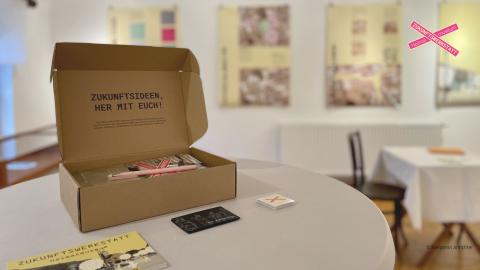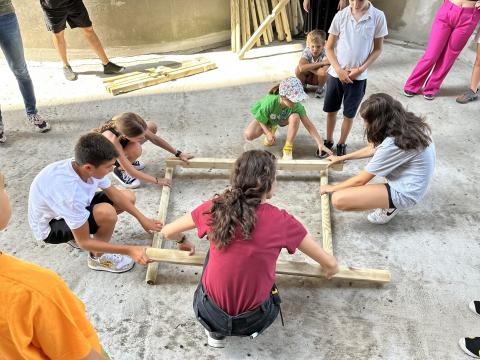
The "Future Workshop Kautzen" questions the current processes of village renewal and shows how it was possible to implement a project without subsidies, with a minimal private budget and a good deal of courage, to convince the population, decision-makers and many other people of its importance and how the development of rural areas requires adaptable methods and formats that must be applied with humour, charm and a certain tenacity.









